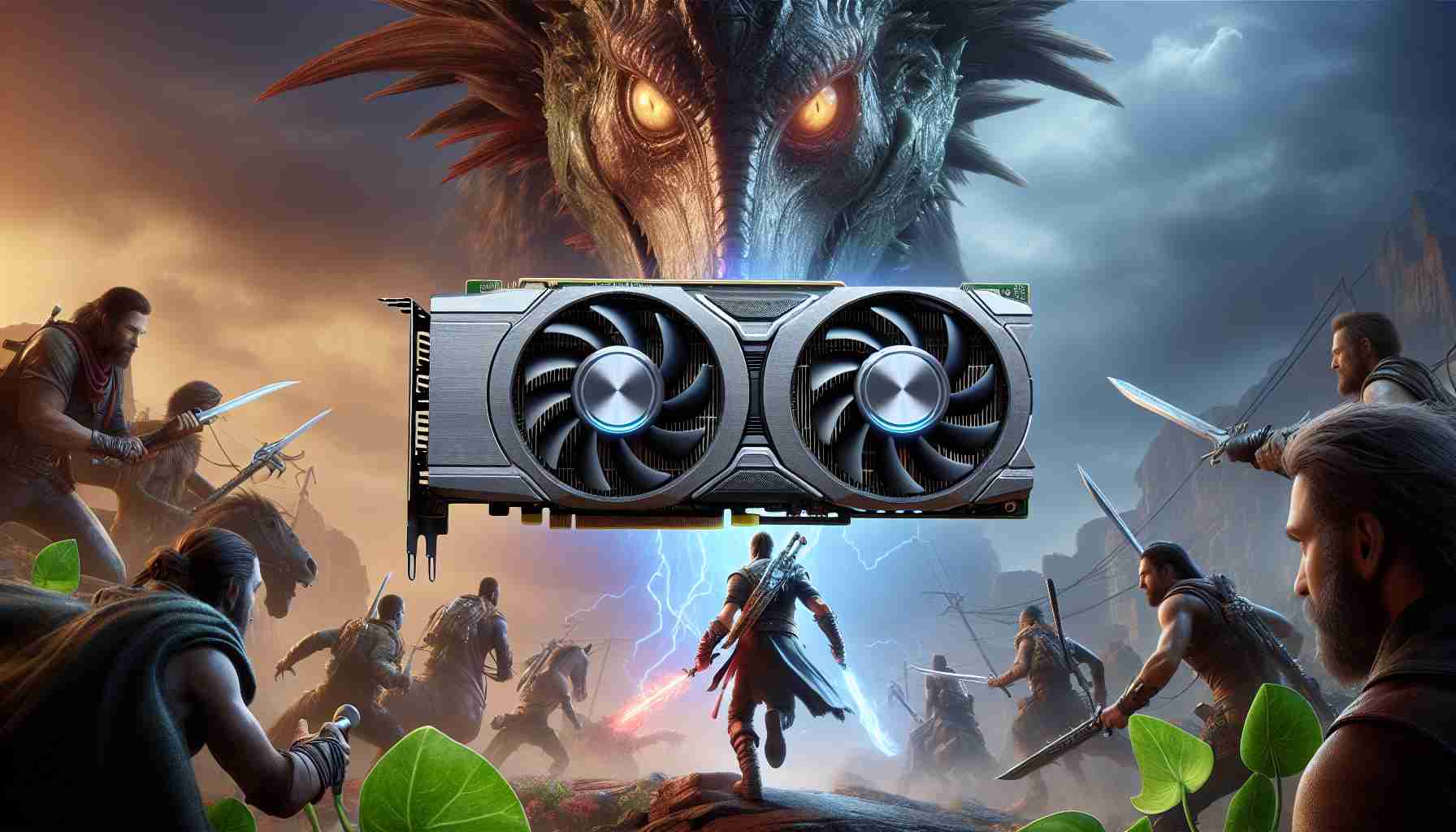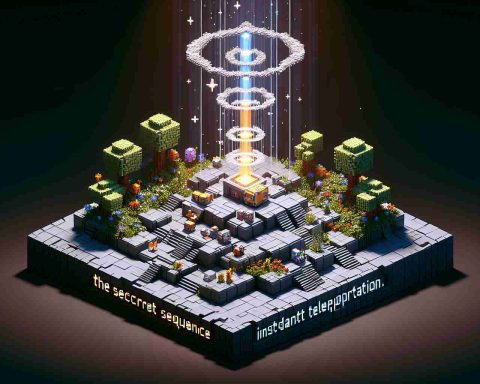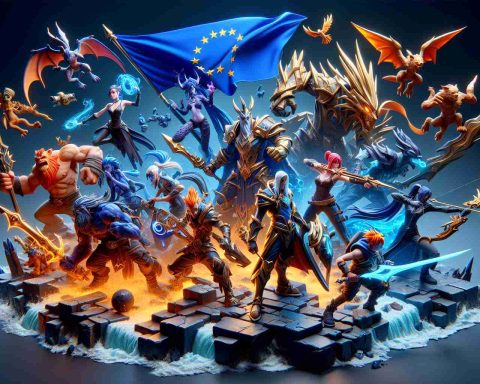As the world of technology continues to evolve at a rapid pace, the concept of multi-GPU configurations for gaming has seemingly fallen by the wayside. However, there is still untapped potential in dual-GPU setups that extends beyond the realm of gaming, as demonstrated by the remarkable FluidX3D demo. Developer Dr. Moritz Lehmann, operating under the ProjectPhysX brand, showcased the power of combining an Intel A770 with an Nvidia Titan Xp, a pairing that may appear unconventional but delivers impressive results.
The multi-GPU demo, carried out by Dr. Lehmann, was surprisingly seamless. Utilizing Acer’s Predator A770 16GB and the Nvidia Titan Xp, each GPU was responsible for simulating and rendering half of the simulation. While DX12 and Vulkan have become the go-to APIs for multi-GPU operations, FluidX3D relies on OpenCL, an open standard developed by the esteemed Khronos Group, creators of Vulkan.
Although specific performance data was not disclosed, Dr. Moritz claims that the dual-GPU setup demonstrated a 70% increase in efficiency compared to using each GPU individually. This result is hardly surprising, considering that both the A770 and Titan Xp offer similar performance in FluidX3D. The simulation itself took a mere one hour and 13 minutes, with rendering lasting approximately 14 minutes. In contrast, a single card would require around two hours for the simulation alone.
While this unique combination may raise eyebrows, there is a rational justification behind it. Dr. Lehmann emphasized the importance of pairing GPUs with comparable memory capacity and bandwidth. In the case of FluidX3D, the 16GB memory and 560GB/s bandwidth of the A770, combined with the 12GB memory and 548GB/s bandwidth of the Titan Xp, make for a sensible choice.
It is astonishing to contemplate that the gaming industry has largely moved away from multi-GPU technology, particularly when presented with the remarkable 70% performance increase witnessed in the FluidX3D demo. Observers during the demo were quick to point out that both DX12 and Vulkan provide significant support for multi-GPU setups, with GPU-to-GPU connections now more reliable than ever, thanks to the blazing-fast latest PCIe versions.
Dr. Moritz addressed these comments by presenting his analysis and shedding light on several issues associated with multi-GPU configurations in gaming. The primary concern revolves around the cost of developing multi-GPU solutions for games. In the past, Nvidia and AMD shouldered this burden, but with the rise of DX12 and Vulkan, game developers now bear the responsibility. These APIs offer powerful multi-GPU capabilities but require manual optimization to yield significant benefits. Unfortunately, the implementation of multi-GPU support has always been a niche feature, even among PC enthusiasts, depriving game developers of worthwhile returns on their investments.
The industry has responded to these challenges by shifting focus, concentrating on single GPU configurations and developing flagship models that have become so massive that it is nearly impossible to fit more than one into a regular computer case, as Dr. Moritz aptly points out. The RTX 4090 Founders Edition, for instance, occupies three slots, illustrating the trend. Multi-GPU technology continues to thrive in data centers, supercomputers, and AI-focused systems, where the justification for implementation costs is far more tangible.
FAQ:
The source of the article is from the blog smartphonemagazine.nl







